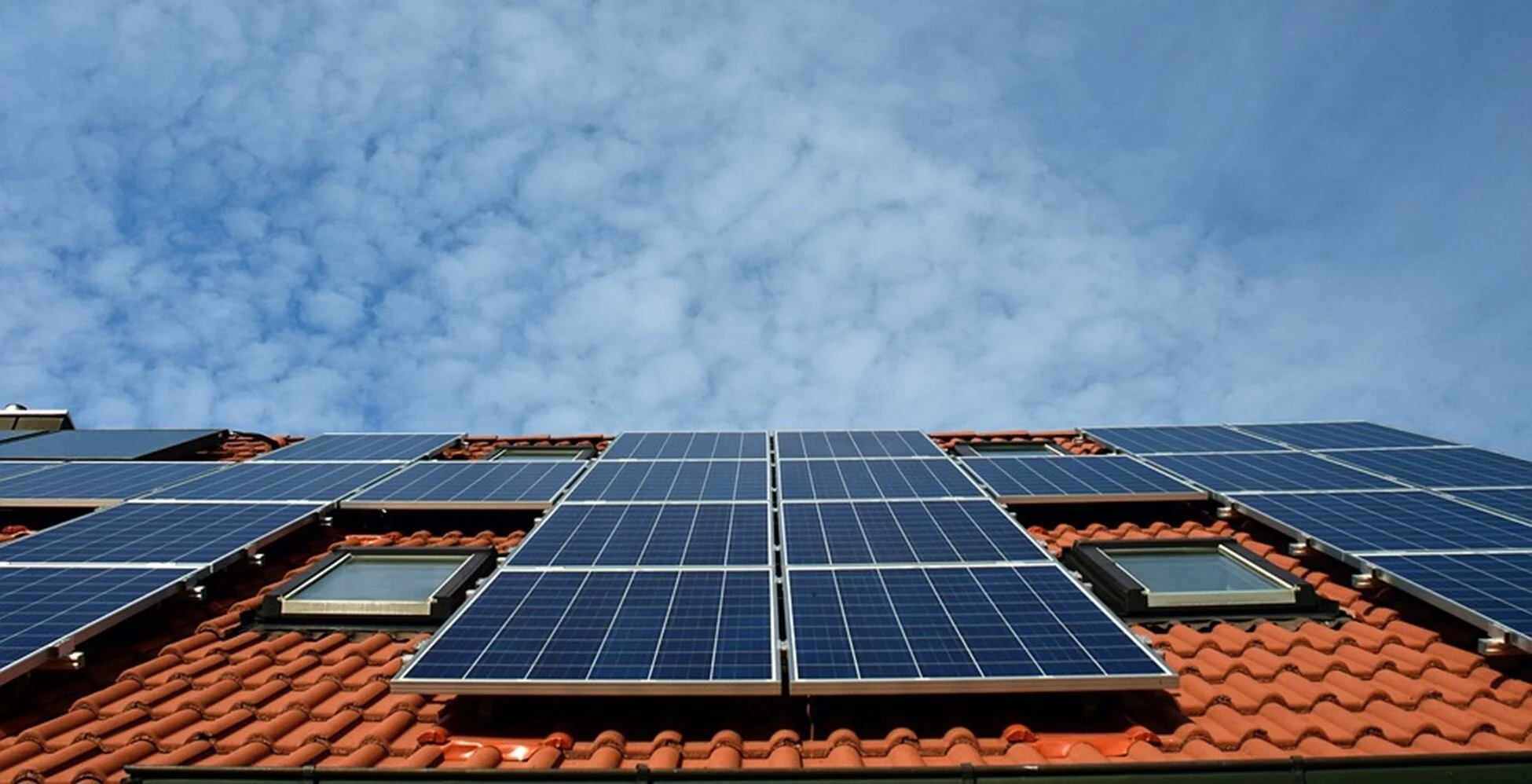Why artificial intelligence is key to renewable energy grid resilience
Source: Emmanuel Lagarrigue · WORLD ECONOMIC FORUM · | March 30, 2021
Source: Pixabay
The global transition to renewable energy will need artificial intelligence (AI) technology to manage decentralized grids.
AI can balance electricity supply and demand needs in real-time, optimize energy use and storage to reduce rates.
Technology governance will be needed to democratize access, encourage innovation and ensure resilient electricity sources.
One month after historic and deadly winter storms left millions of Texans without power, many energy experts, politicians and pundits have called for massive spending on grid-related infrastructure upgrades. Improvements to infrastructure in the US and elsewhere are long overdue, but it’s time to explore better options to ensure reliable, low-carbon electricity.
Calls for government spending on grid infrastructure to update long transmission lines from a centralized power generation source attempt to solve today’s problems using technology from the past. There is a better, more forward-looking alternative already in existence: Artificial Intelligence (AI) that leverages decentralized renewable generation sources.
Renewable energy increases complexity
As we move toward an increasingly electric world, more energy will be produced by decentralized, renewable sources. Think microgrids, wind farms, private solar panels, and batteries.
Welcome as they are from a sustainability point of view, these will add complexity to energy grids across the globe. Over the next 10-15 years, the growing adoption of electric vehicles, the electrification of heating systems, and the proliferation of distributed energy resources (DERs) like wind turbines and solar panels will require a delicate balancing act to match supply with demand without collapsing the grid.
Take Australia as an example. BloombergNEF projects solar energy to be present on 30% of the country’s residential, commercial and industrial buildings by 2030, and 60% by 2050.

